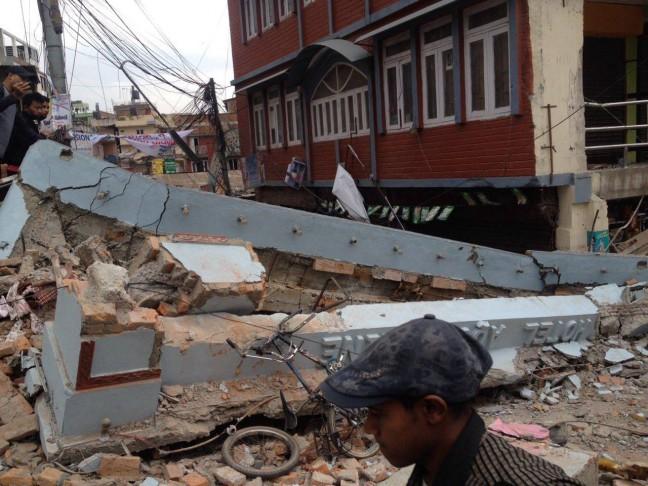Though at a safe distance from any potential epicenters, University of Wisconsin leads in earthquake research.
With the recent number of earthquakes in the Western part of the United States and in Jamaica, the UW geoscience department has been studying whether seismic activity is on the rise.
At UW, there are a small number of faculty members in the Department of Geoscience. But for what they lack in size they more than make up for in their number of members who are leaders in the area of studying earthquakes, professor of seismology Cliff Thurber said.
Thurber is an international leader in research on earthquakes using 3D seismic imaging. He generates computer models to simulate reality and has worked at the San Andreas fault in central California and with volcanoes in Hawaii and Alaska.
Harold Tobin, a professor of fault mechanics, is also a part of this leading group of professors from the geoscience department.
Tobin has currently been collaborating internationally with other researchers and the United States Science Foundation in Japan, using instruments at the bottom of the ocean to study the Nankai fault zone.
Tobin said Japan may be considered a good case study in better understanding seismic activity on a global scale.
Tobin said since the Indian Ocean earthquake and tsunami in 2004, there has been a burst of earthquake activity.
“We know that when an earthquake occurs, there is a heightened possibility of triggering other quakes nearby,” Tobin said.
In studying all of these earthquakes, Thurber said it is important to note that modern instruments can only measure at the surface level, leaving scientists with limited observations, thereby making it difficult to predict the next earthquake.
“I like to make an analogy: What if meteorologists had no satellites, no technology and were blind?” Thurber said.
Currently, Thurber said there are two primary competing theories that the UW geoscience department has been researching to explain the increased number and intensity of earthquakes in recent years.
The first theory follows available evidence which indicates that over long periods of time, earthquakes come in clusters. But scientists have only been recording seismic activity on a global scale for a century, a small time scale in the grand scope of Earth’s history, further limiting observations and information, Thurber said.
The second theory considers whether larger earthquakes are causing a chain of events that are accelerating the pattern of other earthquakes, Thurber said.
But Thurber cautioned against taking recent activity and research out of context. There is not a long enough time frame to determine anything concrete about seismic activity, he said.














